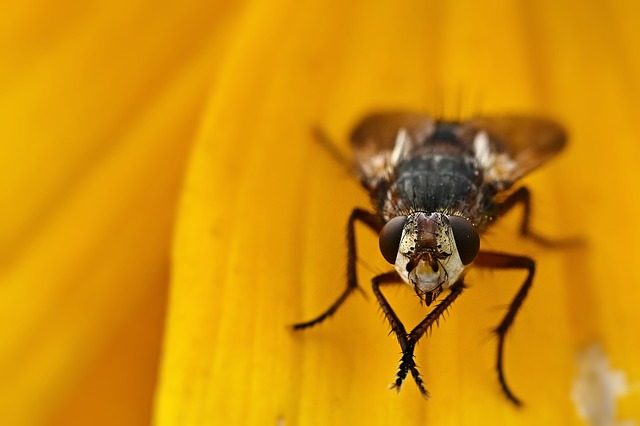In Sheridan, growing concern over West Nile Virus (WNV) highlights the need for robust residential mosquito control. This includes eliminating breeding sites, using targeted treatments, and implementing integrated pest management (IPM) strategies. Combining these measures with community-wide efforts creates a strong defense against WNV, ensuring a safer, healthier environment for residents. Effective programs involve source reduction, larvicide applications, and adulticide spraying, with regular monitoring and adjustments based on professional assessments to minimize virus spread.
In Sheridan, the presence of West Nile Virus (WNV) poses a significant health risk. Understanding WNV’s impact is crucial for implementing effective pest control measures. This article delves into comprehensive strategies focusing on residential mosquito control to mitigate WNV transmission. We explore various methods, from understanding the virus’s lifecycle to adopting proven residential mosquito control techniques. By implementing and maintaining robust mosquito reduction programs, residents can significantly contribute to a safer, healthier Sheridan.
- Understanding West Nile Virus and Its Impact in Sheridan
- Residential Mosquito Control Strategies for Effective Virus Prevention
- Implementing and Maintaining Mosquito Reduction Programs
Understanding West Nile Virus and Its Impact in Sheridan

In Sheridan, the presence of West Nile Virus (WNV) has been a growing concern for residents and health officials alike. This mosquito-borne virus can have severe consequences, particularly for vulnerable populations such as the elderly and individuals with compromised immune systems. The impact of WNV is multifaceted, ranging from flu-like symptoms to more severe cases that may lead to neurological disorders, including encephalitis and meningitis.
Residential mosquito control plays a pivotal role in preventing the spread of West Nile Virus. By implementing effective strategies, such as eliminating standing water where mosquitoes breed and using targeted treatments, Sheridan residents can significantly reduce their risk of exposure. These measures not only protect individual health but also contribute to a safer, more vibrant community overall.
Residential Mosquito Control Strategies for Effective Virus Prevention

In residential areas like Sheridan, combating mosquitoes is not just about comfort; it’s a crucial strategy for preventing the spread of diseases such as West Nile Virus. Homeowners and communities can play a significant role in mosquito control through integrated pest management (IPM) strategies. One effective approach is eliminating standing water, as mosquitoes breed in stagnant water sources. Regularly emptying containers, buckets, and flower pots, and ensuring proper drainage systems, disrupts the breeding cycle. Additionally, using insecticides targeted at adult mosquitoes can be highly effective, especially during peak season.
Implementing physical barriers like window screens and door nets further restricts mosquito access to homes. Landscaping practices also matter; trimming foliage and maintaining trees reduces shelter spots for mosquitoes. Encouraging natural predators like birds and bats through habitat creation can naturally balance mosquito populations. These residential control measures, when combined with community-wide efforts, significantly reduce the risk of West Nile Virus transmission in Sheridan, ensuring a healthier environment for residents.
Implementing and Maintaining Mosquito Reduction Programs

Implementing and maintaining mosquito reduction programs is essential for protecting communities, particularly in areas like Sheridan where West Nile virus transmission is a concern. Residential mosquito control plays a crucial role in minimizing the risk to public health. These programs typically involve a combination of strategies, including source reduction, larvicide applications, and adulticide spraying.
Effective residential mosquito control starts with identifying and eliminating breeding sites. This might include removing standing water from containers, maintaining proper drainage systems, and treating water bodies known to support mosquito populations. Regular monitoring and treatment are also vital. Trained professionals can assess the effectiveness of these measures and make adjustments as needed, ensuring that mosquito numbers remain low and the risk of West Nile virus transmission is minimized.
In light of the above discussions, it’s clear that a comprehensive approach to residential mosquito control is crucial for preventing the spread of West Nile Virus in Sheridan. By implementing strategic combinations of source reduction, physical barriers, and targeted treatments, residents can significantly minimize mosquito populations and protect their communities. Staying vigilant and consistently applying these effective virus prevention methods ensures a safer and healthier environment for all.
